The Ultimate Conference Room Setup Guide for 2023
Why It’s Importance to Provide a Quality Conference Room Setup
Who finds business meetings enjoyable? Anybody? Even though they're not always fun, meetings are essential. While organising a meeting, it's important to think about the specifics, including the agenda, participants, and goals. But have you given your conference room's design any thought? While a poorly planned location may produce a meeting that is worth leaving, a well-designed setting can be both effective and pleasurable. So what should you consider when creating a fantastic space? Participants will either face the front of the room or one another. How will the seating be arranged, too? Is your technology in harmony with the layout of the space?
Given that the layout can make or break a gathering, all of these inquiries are crucial when thinking about conference room setup tactics. Make sure the space has the required audio-visual equipment so that everyone in the space can see and hear each other as well as the presenter (if there is one).
This is our ultimate guide on setting up conference rooms, which will help you make the most of your available space and have the most productive meetings.
The Most Common Conference Room Setup Styles
Boardroom Style
This classic setup is ideal for up to 30 people (or more) depending on the size of the room.
U-Shape
When the focus is at one end of the room, this common arrangement works well for presentations, demonstrations, and video conferencing.
Classroom
This conference room design idea is ideal for lectures or presentations because everyone is facing the front of the room. The environment is not appropriate for group work.
Hollow Square
This configuration makes for simple and effective group communication. Also, it enables a moderator or facilitator to operate from the middle of the room.
Banquet
Naturally, situations involving meals or small groups of little more than 8 or 10 people are best suited for banquet-style seating.
Auditorium
This arrangement, commonly referred to as "theatre style," resembles a classroom set-up but is frequently intended for bigger gatherings. Are you holding a town hall or a "all-hands" meeting? This layout will make it easier to fit as many people as possible into a given area.
How to Choose the Ideal Conference Room Setup
It's crucial to take your meeting's size and purpose into account. Attendees shouldn't feel cramped, but you also don't want them shouting at one another across the room. These are some important things to think about:
-
How many guests are you anticipating? For different group sizes, certain conference room layouts work well. For instance, boardroom and hollow square layouts are suitable for groups of 20 to 30 individuals, whereas classroom and auditorium layouts are best for bigger groups.
-
Is participation from the group during the meeting required? Group interaction is unsuccessful in some arrangements, such as the U-shape or auditorium format. Banquet seating is perfect for talks in groups, especially when people have to walk between tables.
-
Will there be a moderator or facilitator? Consider where people will stand if you have someone leading your workshop, discussion, or presentation. Make sure that everyone in the room can see, hear, and participate in the leader's presentation.
-
Is video conferencing or an LED video wall necessary for the meeting? If so, you should think about setting up the conference room in a way that everyone can see one another clearly, like a U-shape or in a classroom setting.
-
Do you need a power supply? Examine whether the configuration of your conference room necessitates being close to an electrical outlet.
How Conference Room Equipment Can Influence Your Setup
Have you thought about how conference room equipment affects your setup? Conference room equipment is essential to the effectiveness and productivity of many sessions. Make your room suitable for your participants' needs to make the most of every meeting.
Consider using a classroom or U-shaped layout if your meeting calls for audio-visual equipment like video conferencing and interactive whiteboards so that everyone can see and hear one another clearly.
A fun method to host online meetings and distribute content like announcements, films, and webinars is through digital signage. If your LED video wall shows content that guests do not need to refer to during the meeting, you have more freedom with your conference room design.
Well, so you've made the decision to organize your conference rooms for success. What comes next? Are you in need of assistance? The SYWA staff can help you, but we recognize that managing your conference room setting can be challenging. The professionals at SYWA have all the design, integration, and soundproofing expertise necessary to put up a fantastic conference room. We have a wealth of consulting expertise working with many different types of clients across numerous industries. From our professional sales team to our skilled engineers, the SYWA team is prepared to help you. If you have any inquiries or would like to arrange a consultation, please get in touch with us! We'll collaborate with you to create areas that your staff will love.

